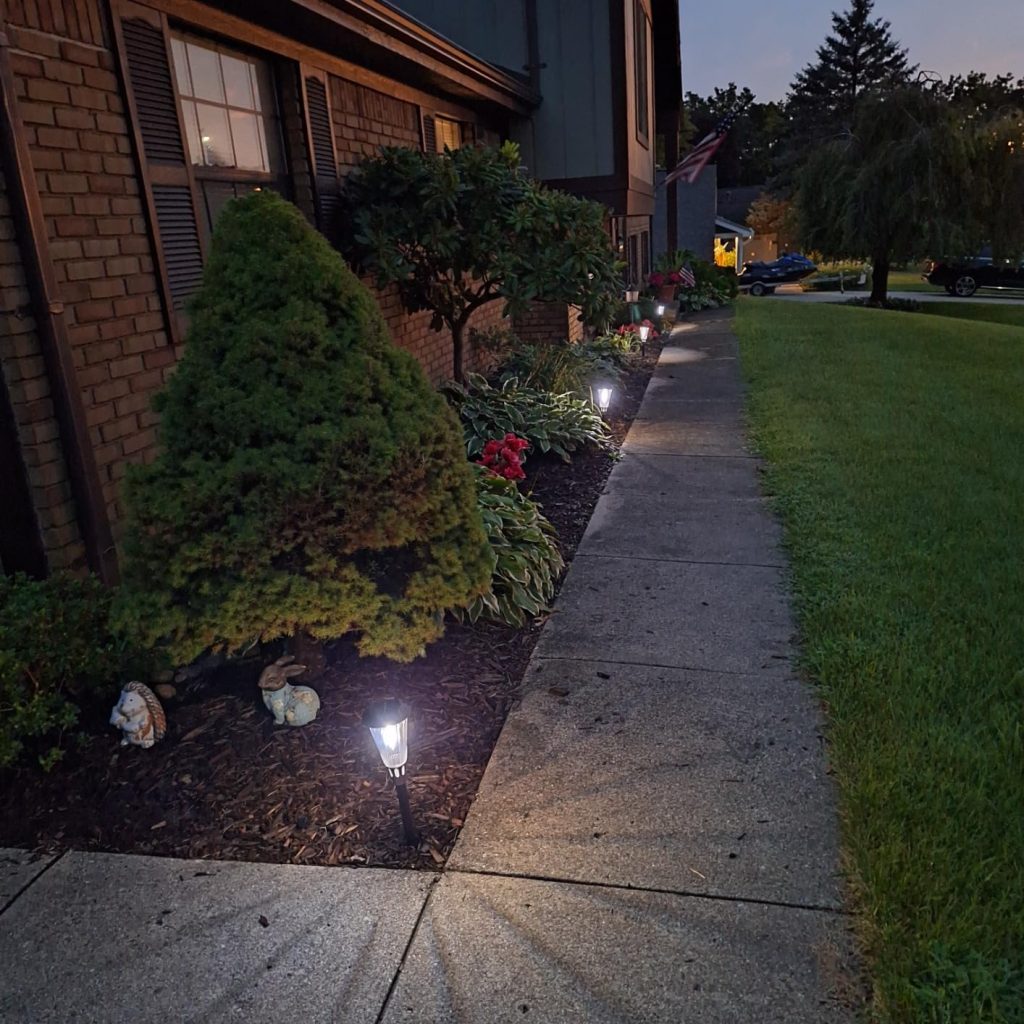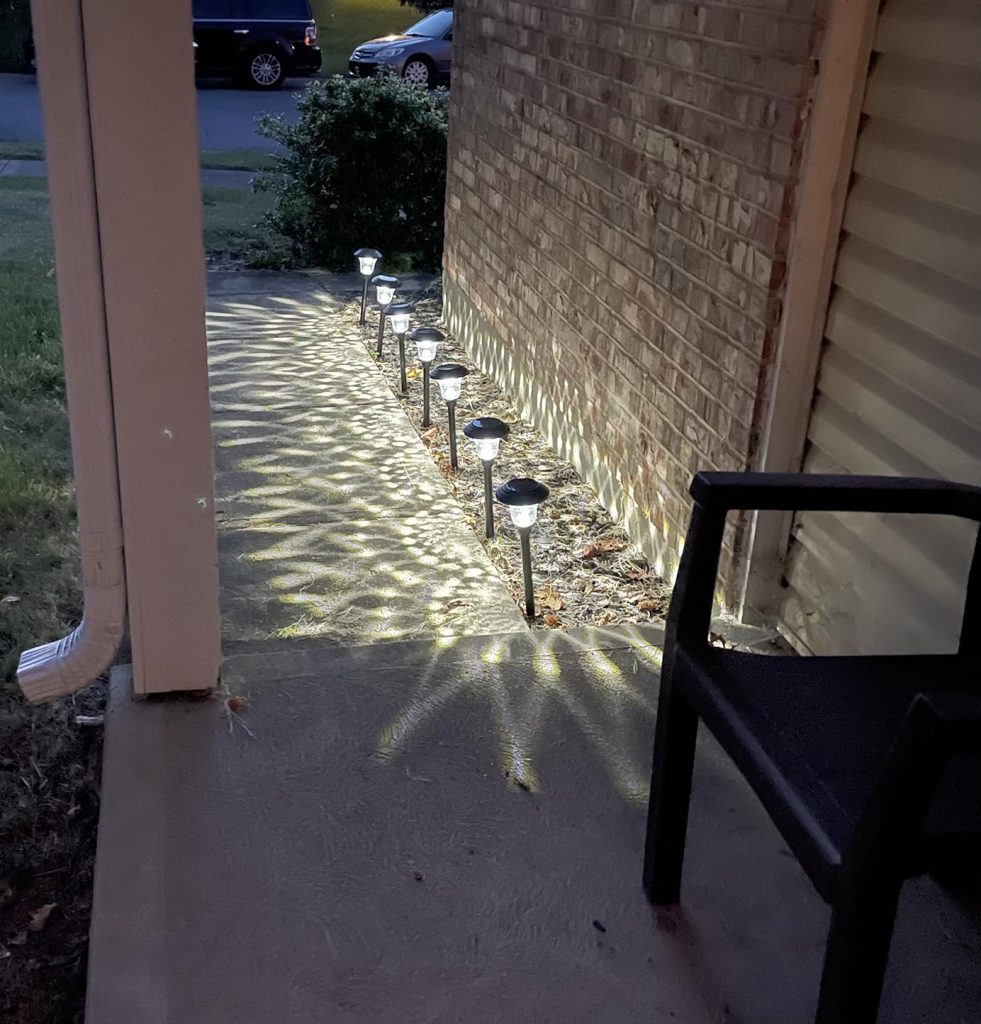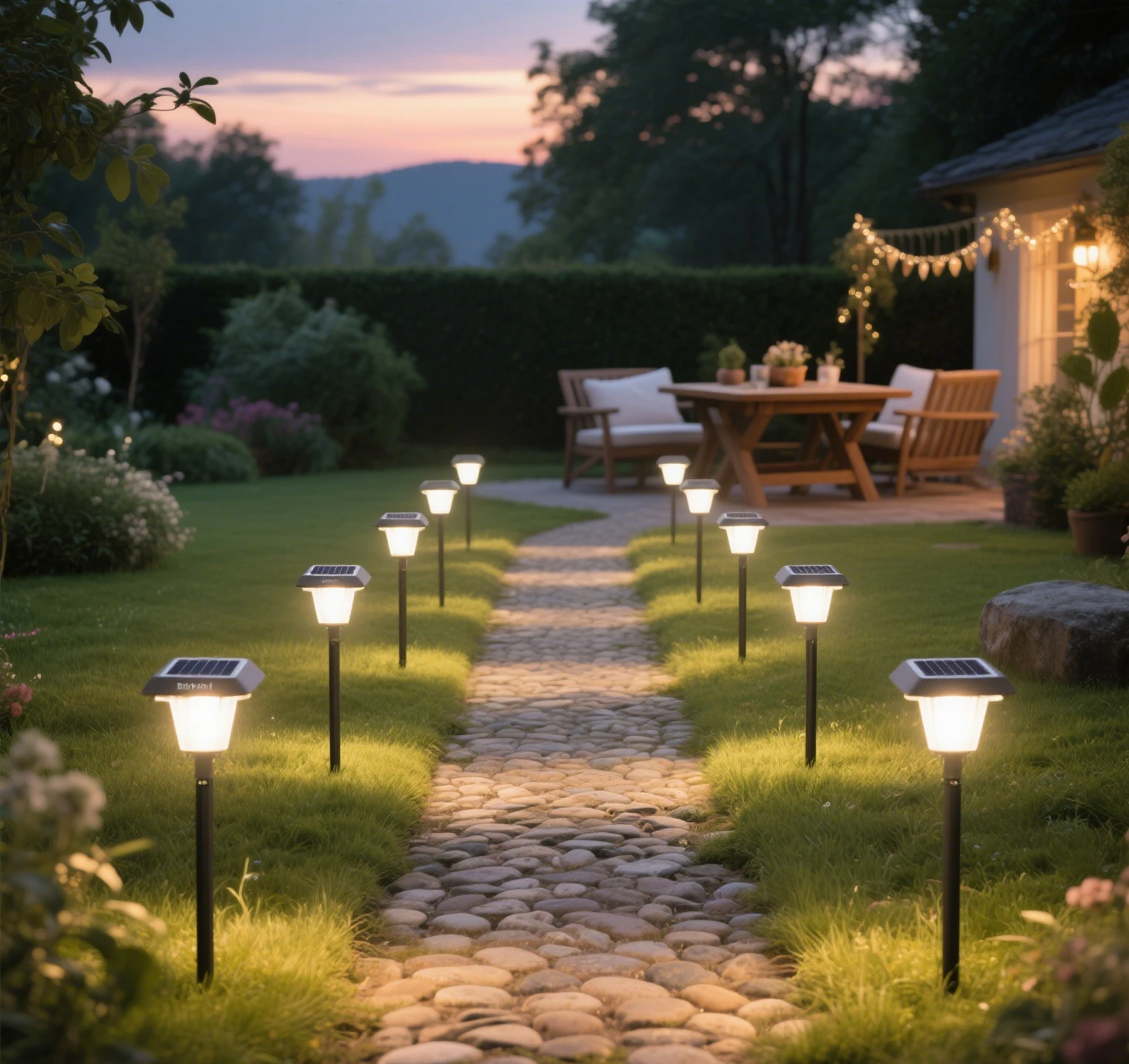Why Solar Lighting Matters in Cities
Walk through any city at dusk, and you’ll notice the shift: street parks, squares, and neighborhoods come alive under the glow of lights. But not all lighting is created equal. Urban public spaces—those shared corners like street parks, squares, and neighborhoods—rely on thoughtful design to feel welcoming and safe. Enter solar lighting, a game-changer that’s both practical and planet-friendly. By harnessing the sun’s energy, these lights elevate environmental quality, cutting energy costs while creating vibrant, inviting spaces. So, how exactly do solar lights reshape our cities for the better?

Lighting That Works and Wows
Solar path lights, fence lights, and wall lights aren’t just functional—they’re a design statement. In public spaces, they serve dual purposes: guiding footsteps and enhancing aesthetics.
- Solar path lights: These line walkways in street parks or neighborhoods, ensuring clear paths for evening strolls. Their soft glow highlights trails without overpowering the natural vibe.
- Fence lights: Perched on railings or boundaries, they add a subtle charm to squares and community gardens, blending security with style.
- Wall lights: Mounted on structures, they illuminate gathering spots, making public spaces feel cohesive and polished.
Beyond functionality, these fixtures bring a visual harmony that elevates the look of urban public spaces. Unlike harsh traditional lights, solar options often come in sleek, modern designs that complement cityscapes while reducing reliance on fossil fuels. The result? A balance of practicality and beauty that makes evenings in the city feel special.
Safer Nights, Brighter Cities
Darkness can make even the coziest neighborhood feel uneasy. Solar lighting improvements tackle this head-on, transforming city night illumination. Well-lit streets and parks boost resident safety by reducing accidents and deterring crime. Studies show that perceived safety—how secure people feel—is just as critical as actual safety. Bright, reliable lighting creates a sense of comfort, encouraging people to linger in squares or take late-night walks through street parks.
- Energy efficiency: Solar lights draw power from the sun, cutting costs and ensuring consistent performance even during outages.
- Smart placement: Strategically placed lights in high-traffic areas like neighborhoods or transit hubs maximize visibility.
- Low maintenance: With no wiring or complex setups, solar lights are easy to install and maintain, making them ideal for sprawling urban public spaces.
This isn’t just about brighter streets—it’s about fostering trust and connection in communities. When people feel safe, they’re more likely to engage with their surroundings, from evening jogs to impromptu gatherings in local squares.

Real-World Wins: Solar Lighting in Action
Across the globe, cities are embracing solar lighting in parks, tourist attractions, and other public spaces, with impressive results. Let’s look at a few real-world applications:
- New York’s Central Park: Solar path lights now line key trails, enhancing safety for evening runners while preserving the park’s iconic aesthetic. The low-energy setup aligns with the city’s sustainability goals.
- Singapore’s Gardens by the Bay: This tourist attraction uses solar fence lights to highlight its stunning landscapes, creating a magical nighttime experience without spiking energy use.
- Copenhagen’s neighborhood plazas: Small squares in residential areas have adopted solar wall lights, blending seamlessly with historic architecture while improving resident safety.
These cases show how solar lighting adapts to diverse public spaces, from sprawling parks to compact neighborhoods. By prioritizing environmental quality, cities not only enhance functionality but also draw visitors, boosting local economies. The flexibility of solar lights makes them a go-to for urban planners aiming to balance practicality with visual appeal.
The Bigger Picture: Solar Lights as a Smart City Staple
Solar lights do more than brighten urban public spaces—they’re a stepping stone to the smart city of tomorrow. Their visual effects are undeniable: soft, warm glows that make street parks and squares feel alive. But their impact goes deeper. By enhancing public safety, they foster community engagement, encouraging people to reclaim their neighborhoods after dark. As an essential component of smart cities, solar lights align with the push for sustainability, reducing carbon footprints while keeping urban areas functional and beautiful.
- Scalability: From small neighborhoods to massive tourist attractions, solar lights work at any scale.
- Innovation: Many modern solar lights come with smart sensors, adjusting brightness based on foot traffic or time of day, further optimizing energy use.
- Community impact: Well-lit public spaces strengthen social bonds, turning squares and parks into hubs of activity.
As cities grow, the demand for eco-friendly, cost-effective solutions will only rise. Solar lighting isn’t just a trend—it’s a cornerstone of urban design, blending aesthetics, safety, and sustainability into one powerful package.


Leave a Reply